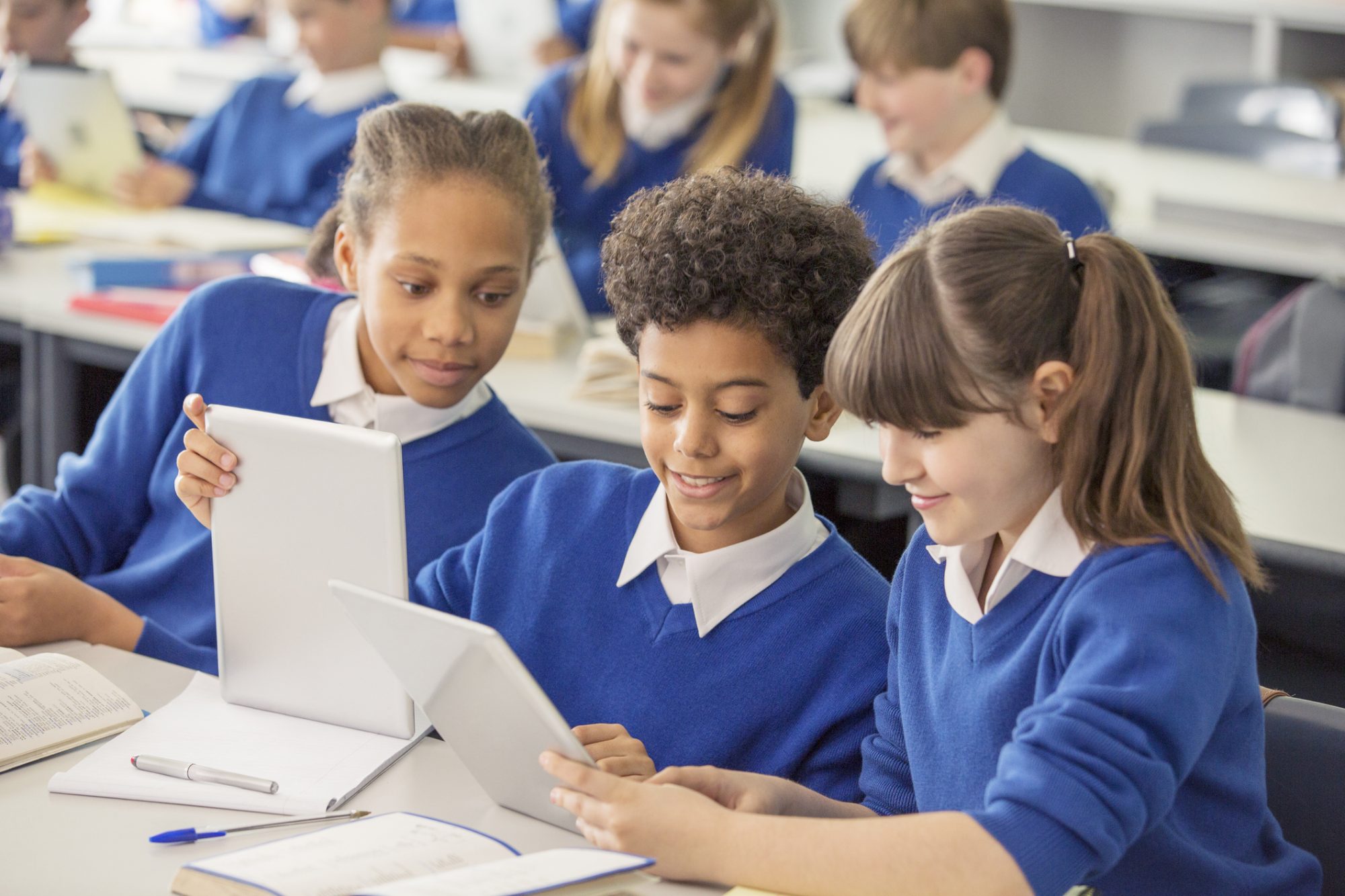Amidst the rapid evolution of our world, it becomes evident that a profound transformation toward classroom inclusivity is needed in the realm of education in the UK
In this article, Nic Ponsford shares her tips on how embracing student voice can help to create classroom inclusivity.
Forefront of this change is the imperative need for diversity and inclusion in teaching. However, the fight for inclusion should not be a solitary battle; rather, it should be a collective effort that recognises the power of a united voice.
Inspired by movements like #MeToo and #BlackLivesMatter, the Paralympics, and a wider awareness of neurodiversity, communities have discovered the transformative potential of collective action.
The Global Equality Collective (GEC) has emerged as a driving force. The GEC is a community of 13,000 Diversity, Equality, and Inclusion (DEI) change makers and over 300 subject matter experts who are dedicated to fostering change through collaborative endeavours.
As an organisation, we believe that working towards creating an education system that promotes classroom inclusivity for all students is a collective endeavour that we all have a duty to embrace.
Diversity and inclusion in teaching
Part of a modern and equitable education system has at its heart diversity and inclusion. To embrace diversity means acknowledging and celebrating the unique identities, backgrounds, and experiences of all students. Classroom inclusivity teaching fosters an environment where everyone feels valued, supported and heard.
There are also consequences of neglecting diversity and inclusion in education are far-reaching and profound. When students are not exposed to a diverse range of perspectives and experiences, they miss out on the opportunity to broaden their horizons and cultivate a deeper understanding of the world.
The exclusion of certain voices can perpetuate inequality and limit students’ aspirations and achievements
Furthermore, the exclusion of certain voices can perpetuate inequality and limit students’ aspirations and achievements. It is crucial to create an educational environment where all students feel seen, valued, and empowered to thrive.
We firmly believe that there’s an urgent need to change the status quo – and a unique opportunity, right now, to weave together the rich tapestry of our society, promoting understanding, acceptance and empathy.
Understanding representation, stereotypes, and biases
The lack of representation in the curriculum, which perpetuates stereotypes and biases is one of the most pressing issues in education today. When students are unable to see themselves reflected in their learning materials, they may feel disengaged and marginalised.
For example is to consider a neurodiverse student from an ethnic minority background who consistently encounters a curriculum that lacks representation of their culture, history, and achievements.
This absence not only sends a message of exclusion but also reinforces harmful stereotypes and biases. As a result, the student often struggles to connect with the material, feel their identity and experiences are invalidated, and experience a diminished sense of belonging.
By infusing the curriculum with diverse perspectives, stories, and histories, educators can empower students like this to embrace their heritage, foster a sense of pride and confidence, and engage more actively in their learning journey. In turn, this promotes classroom inclusivity, cultivates empathy, and equips students with critical thinking skills necessary for challenging stereotypes and contributing to a more equitable society.

Five tips for teachers
Collaboration lies at the heart of achieving collective action and meaningful change in education. It’s what drives us at the GEC – and is at the heart of everything we do.
By working together, educators can share best practices, exchange ideas, and collectively tackle the barriers to inclusion. Success stories from schools that have embraced diversity and inclusion can serve as inspiration and guideposts for others. Drawing on our own experiences and best practice from our members, we’re able to give six key tips to help educators embark on their journey towards
1. Creating a Culturally Responsive Curriculum
Every school has an individual collective voice that can be explored and tapped into. Educators should actively seek to diversify the curriculum by incorporating diverse perspectives, histories, and narratives. This promotes classroom inclusivity, challenges stereotypes, and encourages students to engage with a broader range of experiences.
2. Assess your safe and inclusive spaces
Establishing a safe and inclusive classroom environment is essential for nurturing the well-being and sense of belonging of all students. There are easy ways to take a measure of your current cultural environment, such as using the GEC platform, so you can understand what you are doing well and what can be improved. Educators should foster open dialogue, encourage respect for diverse opinions, and address any instances of discrimination or bias promptly and effectively.
3. Listen to your student and parent voices
Recognise the value of student voice and actively involve students in decision-making processes. Encourage them to share their experiences, perspectives, and ideas, allowing their voices to shape the learning environment and influence school policies. There are lots of tools to help here – for example, the new student module on the GEC Platform can help survey and collate student voice.
Engage parents and communities as valuable partners in promoting diversity and inclusion. Foster open lines of communication, involve parents in school activities, and seek their input to ensure that their voices are heard and valued.
4. Provide Professional Development
Schools and educational institutions should prioritise comprehensive professional development opportunities focused on diversity, equity, and inclusion. While no teacher intentionally wants to perpetuate biases or create exclusionary environments, it is essential to acknowledge that unconscious biases can inadvertently impact their teaching practices.
By equipping teachers with the necessary knowledge and skills, they can actively work towards overcoming these biases, better support diverse learners, and create truly inclusive classrooms.
5. Make a plan for success
To ensure success, it’s crucial to have a clear action plan, prioritise accountability and gather tools and resources to help make all this happen.
Becoming an inclusivity changemaker
Inclusion in education should never be a fight waged by individuals alone. It is through collective action, where diverse voices come together, that true change can be achieved. The Global Equality Collective (GEC) and its community of DEI change makers exemplify the power of collaboration and the dedication to creating a truly inclusive education system.
By helping to address the lack of representation, challenging stereotypes, and amplifying student voices, we can pave the way for an educational landscape where every student feels seen, valued, and empowered to reach their full potential.
So, let’s embrace inclusion as a shared mission and work together to build a brighter future for all learners in the UK and beyond.
This piece was written and provided by Nic Ponsford, FRSA, the Award-winning Founder of the Global Equality Collective (GEC).
Email: nic@gec.org
Twitter @GECCollect and @NicolePonsford
Editor's Recommended Articles
-
Must Read >> The importance of inclusion when studying history
-
Must Read >> STEM: Improving diversity, equity & inclusiveness















